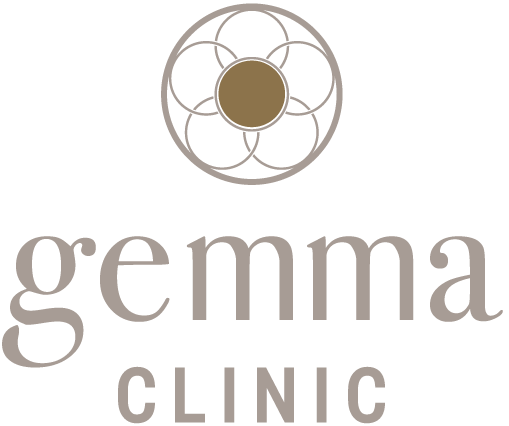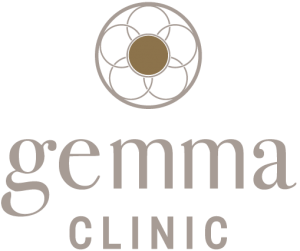Hysteroscopy is an intervention that is performed by inserting a camera and instruments through the cervix. It is usually done to investigate the cause of bleeding from the uterus or when certain changes in the uterine cavity are suspected.
The intervention lasts about 15 minutes, is performed under local or general anesthesia, and the patient is discharged home immediately after the intervention.
More details about what is hysteroscopy?
A positive thing about hysteroscopy is very short and painless recovery after the procedure.
The procedure is performed by the doctor inserting a miniature flexible tube of small diameter through the cervical canal through which he can introduce a camera or other instruments into the uterus.
The camera allows the doctor to clearly see what the inside of the uterus looks like on the monitor screen. Hysteroscopy is one of the best methods to see if there are any abnormalities in the uterus.
With the help of a hysteroscope, the doctor observes the shape of the uterus, its lining and analyzes whether there are any intra-uterine changes (polyps). The doctor can also direct the camera to the opening of the fallopian tube and observe the condition of the opening.
The intervention lasts from 10 to 30 minutes and is performed under local or short-term intravenous anesthesia.
What procedures can be performed with hysteroscopy?
This is a very reliable method for a large number of analyzes and interventions:
- Determining the presence of polyps
- Removal of polyps from the endometrium or cervix
- Removal of fibroids
- Testing the patency of the fallopian tubes
- Removal of intra-uterine adhesions (scars)
- Biopsy of the lining of the endometrium
- Endometrial ablation ie. treatment of irregular or heavy menstrual bleeding
Recovery after hysteroscopy
Recovery time is short. Almost all patients are discharged the same day after hysteroscopic surgery. The risk for infection and complications is minimal.
Patients are recommended to abstain from sex and sporting activities in the next two weeks after hysteroscopy.
You can shower on the same day, but bathing in the bathtub is recommended after a couple of days.
Of course, patients will receive clear instructions from the doctor on how to behave after the intervention. It is useful for patients to monitor their condition and it is recommended that they consult a doctor if:
- They have severe pain that is not relieved by regular painkillers
- They have bleeding that requires them to frequently change pads
- They have an unpleasant smell from the vagina that can indicate the existence of an infection
- They have shivers or a feeling of chills and coldness
Contact
For all information about the hysteroscopy procedure and other gynecological questions, contact us on our phone numbers on weekdays from 8 a.m. to 8 p.m. or write us an email.

